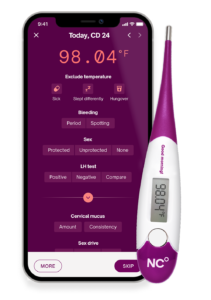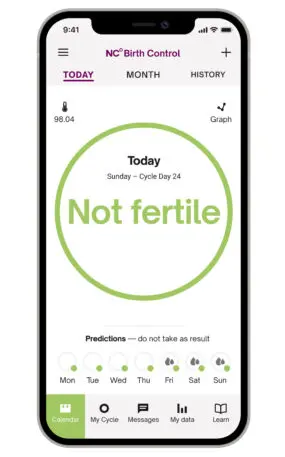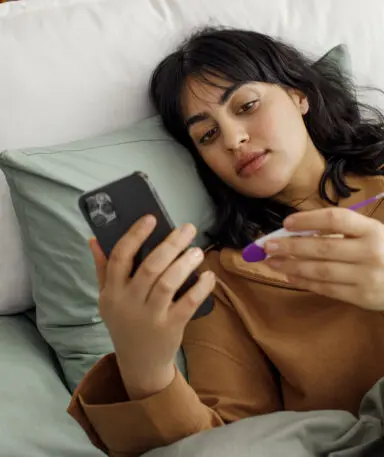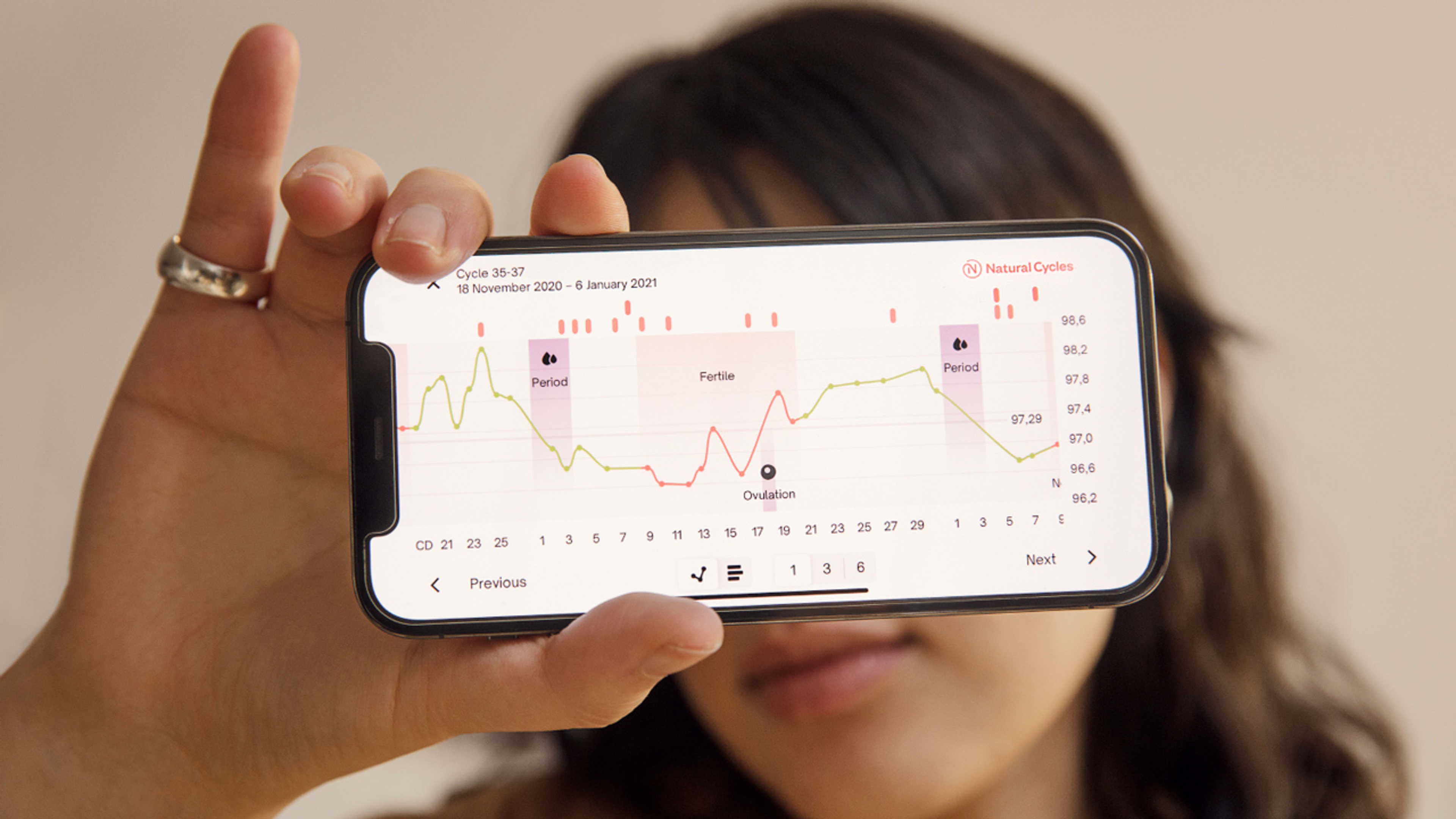For years, an app called Natural Cycles has been assisting women in tracking their ovulation cycles as a form of contraception. To use it, women have to manually enter their temperature at the same time every morning. It’s a cumbersome process that needs to be followed strictly. Now, the company has completed a proof-of-concept study showing that its app can be paired with a wearable to continuously monitor temperature data and other body signals for effective pregnancy prevention. Wearables may finally make Natural Cycles’s hormone-free birth control more compelling to women and health experts alike.

Elina Berglund, CEO and cofounder of Natural Cycles, insists that the app’s use of temperature to estimate ovulation is distinct. “Period trackers are very different, because they don’t know when you ovulate—they just guess that it’s somewhere in the middle of your cycle,” she says. “We really detect ovulation in your temperature curve and from that calculate when it’s really safe to not use protection.”
In its original incarnation, Natural Cycles would ask women to take their temperature at the same time every morning in order to generate a map of their individual cycle. Basal body temperature, or the body’s temperature after sleep and just before activity, reaches a low two days before ovulation. It also rises slightly after ovulation. Based on these fluctuations, Natural Cycles recommends when it’s okay to have sex without protection and when users should either abstain or use a condom. The company first received FDA medical device clearance for its app in 2018, and it costs $90 per year to use (or $10 per month).

The company has received criticism from experts for its approach over concerns that its method is not effective enough. Natural Cycles has published several studies testing its efficacy. With typical use (not perfect use), the app is 93% effective, which is on par with hormonal methods. (Intrauterine devices are the most effective form of contraception with 99% efficacy.) However, some experts argue it’s not easy to track body signals, and some apps don’t go far enough to teach women how to follow not only temperature, but also other signifiers of ovulation like cervical mucus. Furthermore, they say, there are already well-known and proven methods of contraception available to women that are less complicated.
The app has some 2 million users, and the company says that rates of pregnancy among users are consistent with its efficacy rate. But this has not stopped people from getting upset when they have an unintended pregnancy while using the app. In 2018, 37 women in Sweden reported the app to the country’s Medical Products Agency after they accidentally conceived while using Natural Cycles. After an investigation, the MPA found that the number of pregnancies were within Natural Cycles publicized failure rate.

“Getting the heart rate data is very useful, because then we have special technology that we can use to correct the temperature based on the heart rate data,” Berglund says, noting that by viewing both heart rate data and temperature data over time, the app’s algorithms are better able to distinguish whether a person’s temperature peaked because they were drinking the night before or because they were ovulating.

The company is currently testing which wearables it will ultimately integrate with. Berglund says she knows that Oura Ring works, but is still looking at other options. For now there is no time frame for when it will launch a version of the app that is compatible with wearable devices.
In addition to testing third-party devices like the Oura Ring, the company is developing its own wearable device that will track temperature. “The end vision is if we could measure hormones directly in the blood,” Berglund says, “but the technology is not there today.”
Recognize your brand’s excellence by applying to this year’s Brands That Matter Awards before the early-rate deadline, May 3.
